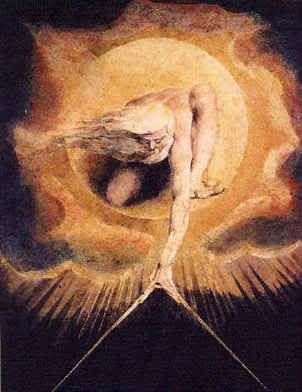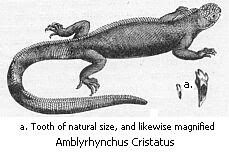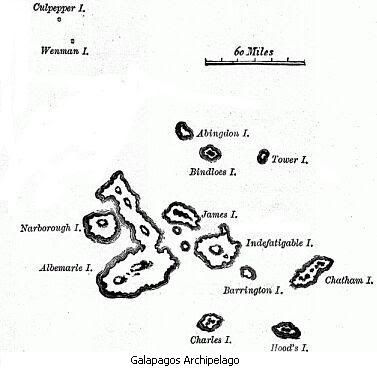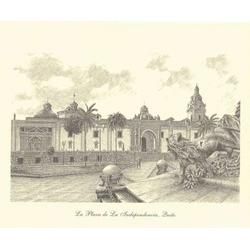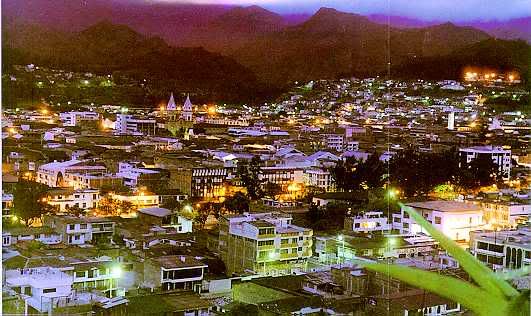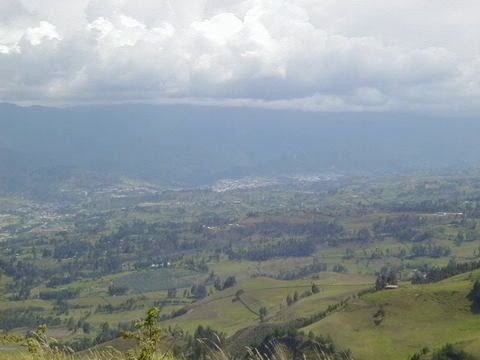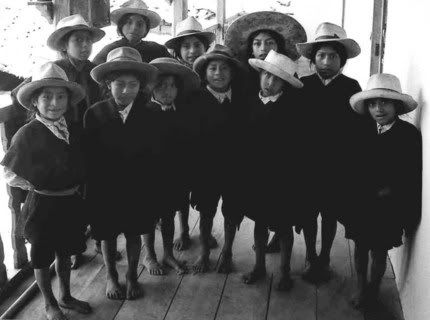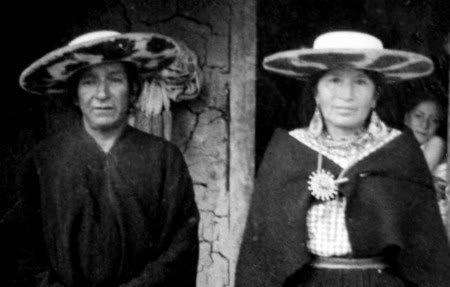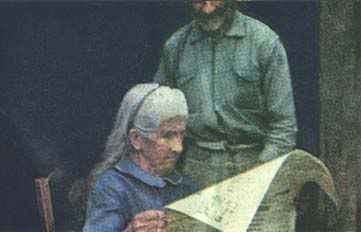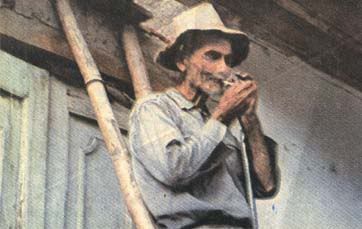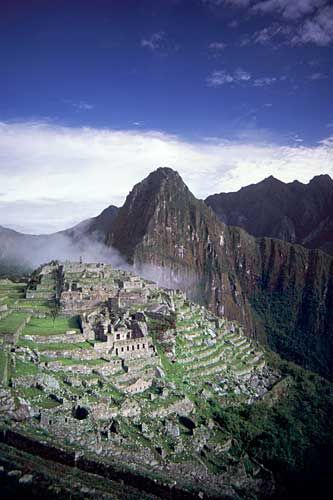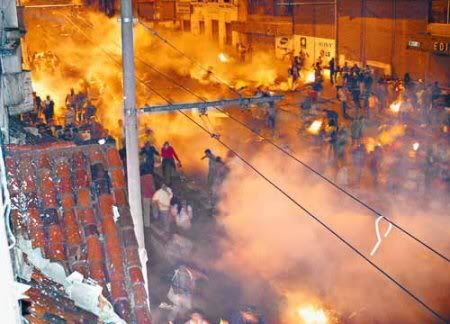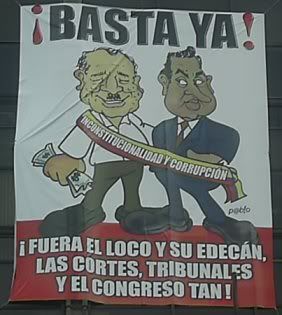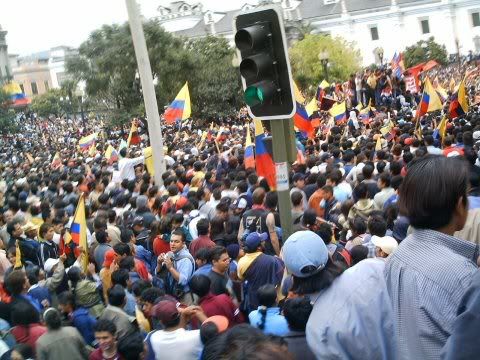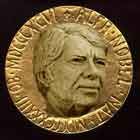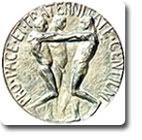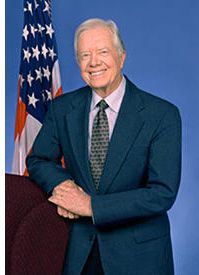"The center of the world"

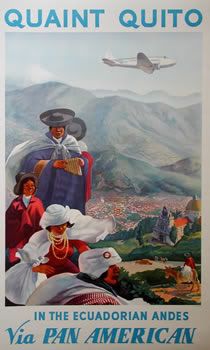
1930's Pan Am Poster
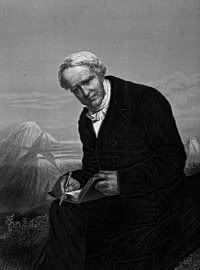
Darwin is destined for life as a country parson. But before settling into such a quiet life, he yearns to have an adventure in the tropics. He reads and rereads Alexander von Humboldt's inspiring account of his expeditions through the rain forest.
Volume One of Kosmos at the Gutenberg Project
Frank Edwin Church-Cotopaxi
Cotopaxi soars almost 20,000 feet above sea level. Through the teachings of the great German naturalist Alexander von Humboldt, whose extensive South American explorations and publications awakened the outside world to the wonders of the American tropics, its status as the highest active volcano on earth was well known to the audience gathered at Goupil's Gallery.
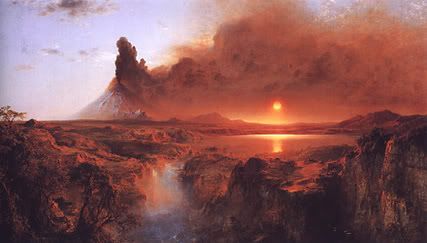
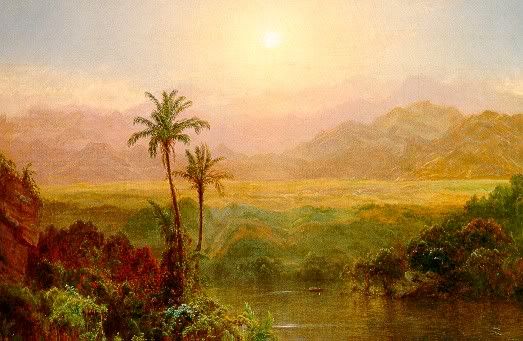
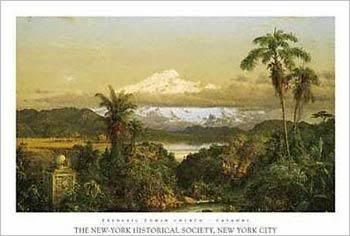
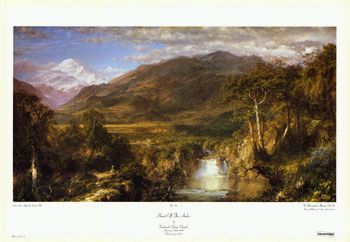
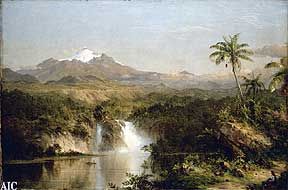
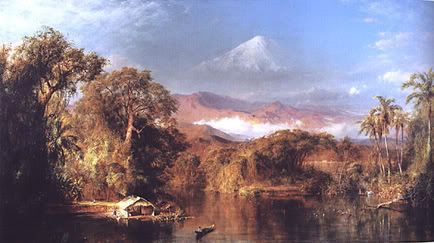

Charles Marie de la Condamine:
Explorer, Mathematician, and Scientist
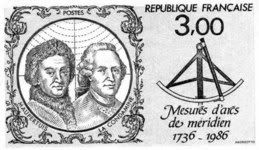
The Voyage of the Beagle journal(click on image)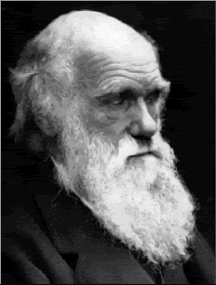
"I will conclude my description of the natural history of these islands, by giving an account of the extreme tameness of the birds. This disposition is common to all the terrestrial species; namely, to the mocking-thrushes, the finches, wrens, tyrant- flycatchers, the dove, and carrion-buzzard. All of them are often approached sufficiently near to be killed with a switch, and sometimes, as I myself tried, with a cap or hat.
"A gun is here almost superfluous;"
for with the muzzle I pushed a hawk off the branch of a tree. One day, whilst lying down, a mocking-thrush alighted on the edge of a pitcher, made of the shell of a tortoise, which I held in my hand, and began very quietly to sip the water; it allowed me to lift it from the ground whilst seated on the vessel: I often tried, and very nearly succeeded, in catching these birds by their legs.
Formerly the birds appear to have been even tamer than at present. Cowley (in the year 1684) says that the "Turtledoves were so tame, that they would often alight on our hats and arms, so as that we could take them alive, they not fearing man, until such time as some of our company did fire at them, whereby they were rendered more shy." Charles darwin-Voyage of the Beagle
Francisco Orellana and the Search for El Dorado
The legend of El Dorado, The Golden King or The Gilded Man, was born in Quito at the very beginning of 1541. Spaniards were returning from Venezuela and Colombia with wild tales of a land richer than either Mexico or Peru. This, they said, was a land of gold that was ruled by a Golden King. The historian Gonzalo Fern·ndez de Oviedo traveled to Quito and he questioned those who been on these expeditions:
"I made an inquiry of those Spaniards who had been there, why this prince, chief or king, was called Dorado. They tell me that what they have learned from the Indians is that the great lord or prince goes about continually covered in gold dust as fine as ground salt. He feels that it would be less beautiful to wear any other ornament.
It would be crude and common to put on armour plates or hammered or stamped gold, for other rich lords wear these when they wish. But to powder oneself with gold is something exotic and unusually novel, and more costly, for he washes away at night what he puts on each morning, so that it is discarded and lost, and he does this every day of the year."The prince, the men told Oviedo, was very great and fabulously rich:"
Every morning he anoints himself with a kind of resin or gum to which the gold dust easily adheres, until his entire body is covered, from the soles of his feet to his head.
So his looks are as resplendent as a gold object worked by the hands of a great artist." In fact, the tale appeared to be based on an actual ceremony of the Chibcha people of Colombia. Each year the Chibcha would anoint a new king, covering him with gold dust and then cleansing him in the waters of a sacred lake, Guatavita, (Gwa-ta-vee-ta). Though the ritual was no longer practiced by the time of the Spaniards' arrival, the story had been passed on by the Indians and had blossomed into the myth of El Dorado which would captivate men for several centuries to come.
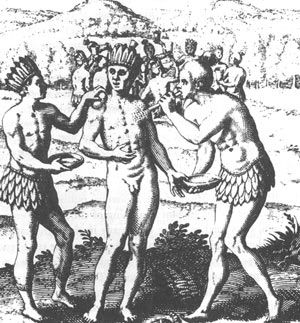
Blowing Gold Dust on an Indian Chieftain After His Body Had Been Anointed With Balsam
Credit: Theodor de Bry, British Library
The legend of El Dorado continued to inspire artists, poets and authors for centuries after the initial expeditions to the golden kingdom. British poet George Chapman wrote his epic poem "De Guiana" in 1596, glorifying Sir Walter Raleigh's journey. Over 150 years later, Voltaire sends his protagonist to a utopian El Dorado, the best of all possible worlds, in his satirical work "Candide." And, following centuries of European obsession with the fabulous land of gold, Edgar Allen Poe darkly portrayed the futility of such mania in his poem, "Eldorado." "De Guiana" Guiana, whose rich feet are mines of gold,
Whose forehead knocks against the roof of stars, Stands on her tiptoes at fair England looking, Kissing her hand, bowing her mighty breast, And every sign of submission making,To be her sister and the daughter, both,Of our most sacred maid, whose barrenessIs the true fruit of virtue, that may get,Bear and bring forth anew in all perfection,What heretofore savage corruption heldIn barbarous chaos.
Poem excerpt: George Chapman, "De Guiana," 1596 "Eldorado"
Gaily bedight, A gallant knight,In sunshine and in shadow,Had journeyed long, Singing a song,In search of Eldorado. But he grew old - This knight so bold - And o'er his heart a shadow Fell, as he found No spot of groundThat looked like Eldorado. And, as his strengthFailed him at length,He met a pilgrim shadow - "Shadow," said he, "Where can it be - This land of Eldorado?" "Over the Mountains Of the Moon Down the Valley of the Shadow,Ride, boldly ride," The shade replied, - "If you seek for Eldorado!"
Poem: Edgar Allan Poe, "Eldorado," Flag of Our Union (Boston), April 21, 1849 "Candide" Chapter 18 - What They Saw in the Country of El Dorado .
While supper was preparing, orders were given to show them the city, where they saw public structures that reared their lofty heads to the clouds; the marketplaces decorated with a thousand columns; fountains of spring water, besides others of rose water, and of liquors drawn from the sugarcane, incessantly flowing in the great squares, which were paved with a kind of precious stones that emitted an odor like that of cloves and cinnamon. Candide asked to see the High Court of justice, the Parliament; but was answered that they had none in that country, being utter strangers to lawsuits. He then inquired if they had any prisons; they replied none.
But what gave him at once the greatest surprise and pleasure was the Palace of Sciences, where he saw a gallery two thousand feet long, filled with the various apparatus in mathematics and natural philosophy. After having spent the whole afternoon in seeing only about the thousandth part of the city, they were brought back to the King's palace. Candide sat down at the table with His Majesty, his valet Cacambo, and several ladies of the court. Never was entertainment more elegant, nor could any one possibly show more wit than His Majesty displayed while they were at supper. Cacambo explained all the King's bons mots to Candide, and, although they were translated, they still appeared to be bons mots.
Of all the things that surprised Candide, this was not the least."All we shall ask of Your Majesty," said Cacambo, "is only a few sheep laden with provisions, pebbles, and the clay of your country." The King smiled at the request and said, "I cannot imagine what pleasure you Europeans find in our yellow clay; but take away as much of it as you will, and much good may it do you." He immediately gave orders to his engineers to make a machine to hoist these two extraordinary men out of the kingdom. Three thousand good machinists went to work and finished it in about fifteen days, and it did not cost more than twenty millions sterling of that country's money.
Candide and Cacambo were placed on this machine, and they took with them two large red sheep, bridled and saddled, to ride upon, when they got on the other side of the mountains; twenty others to serve as sumpters for carrying provisions; thirty laden with presents of whatever was most curious in the country, and fifty with gold, diamonds, and other precious stones. The King, at parting with our two adventurers, embraced them with the greatest cordiality. Text excerpt: "Candide," Voltaire, 1752
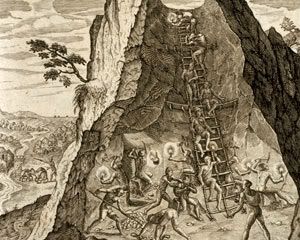
Natives mining gold inside a mountain. Credit: Theodor de Bry, British Library

